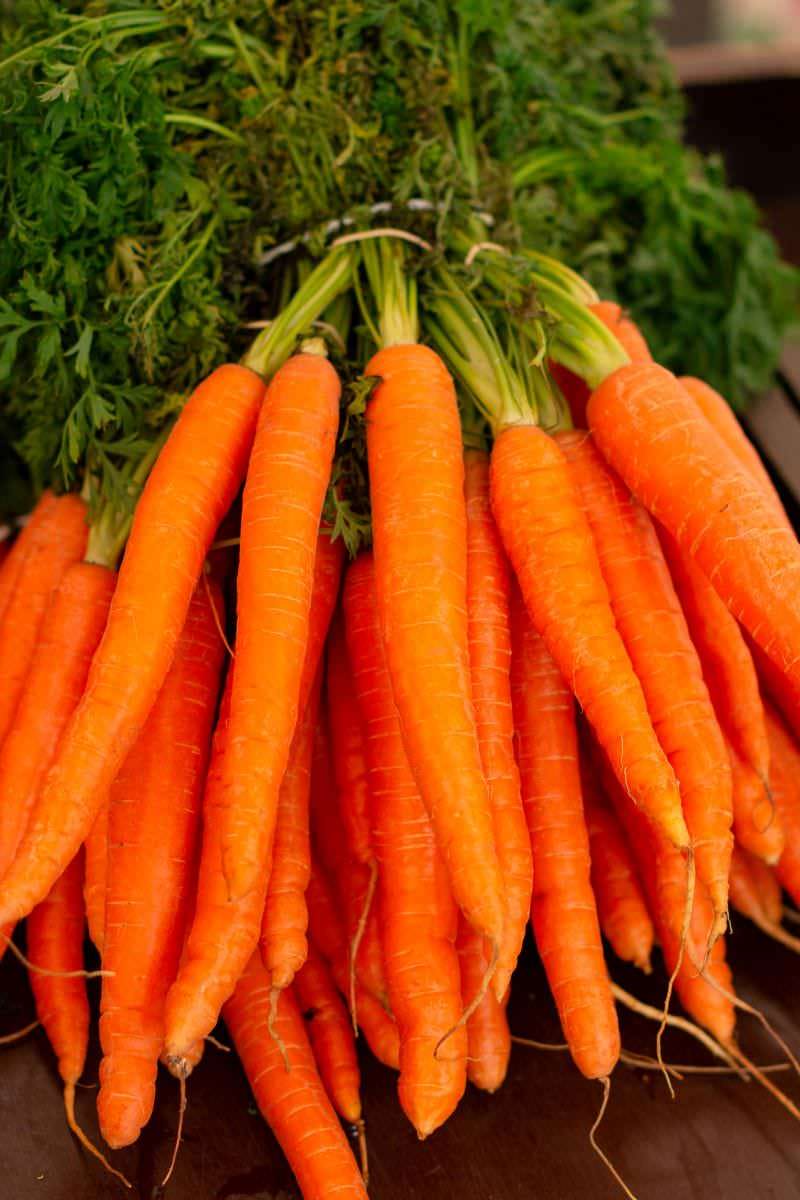Pigments

Pigments are molecules that absorb a certain wavelength of light. Things have different colors because of their pigment combinations. Pigments either absorb or reflect a wavelength, for example, a blue pigment reflects blue and absorbs all the other colors.
Different combinations of pigments are used in plants. Chlorophyll is a good example. There are two types of chlorophyll, A and B. Chlorophyll A absorbs a lot of red and a bit of blue light, and chlorophyll B (which is an accessory pigment) absorbs a lot of blue and a bit of red light. This lets the plant capture a lot more light than if it had just one type of chlorophyll.
However, there are not just two pigments in plants, there are, in fact, many others. These are known as accessory pigments and are very useful because they let the plant absorb much more light than just with chlorophyll A and B. Some of these include:
Carotene, which reflects orange light; Xantophyll, which reflects yellow light; Anthocyanin, which reflects red and purple light; And Phaeophytin, which reflects gray-brown and brown-yellow light.
You might have noticed that I said reflects. That is not a typo, as chlorophyll A and B reflect green light. You might be wondering how, well, the answer is elementary. There are three main colors, red, green, and blue. Chlorophyll A and B absorb red and blue, so only green is left! Carotene, for example, absorbs blue, a bit of red, and a bit of green, leaving only orange.




